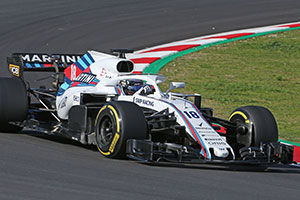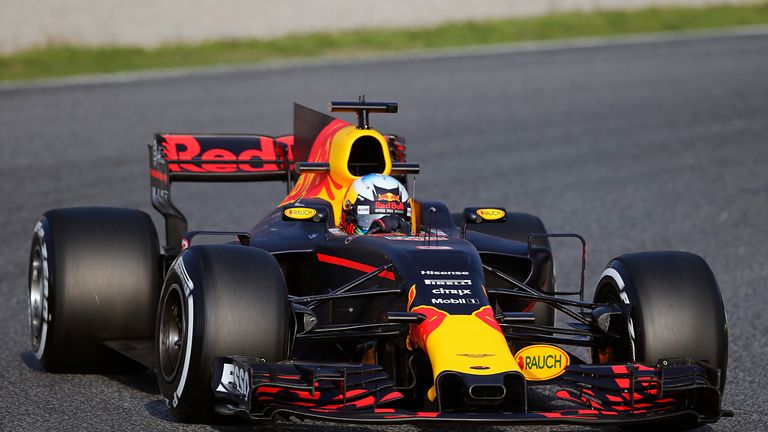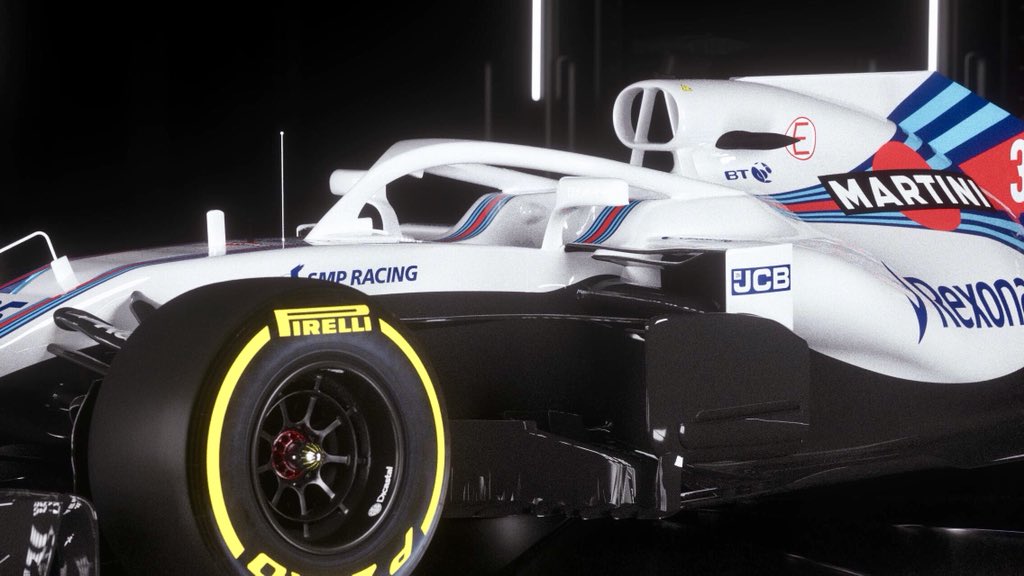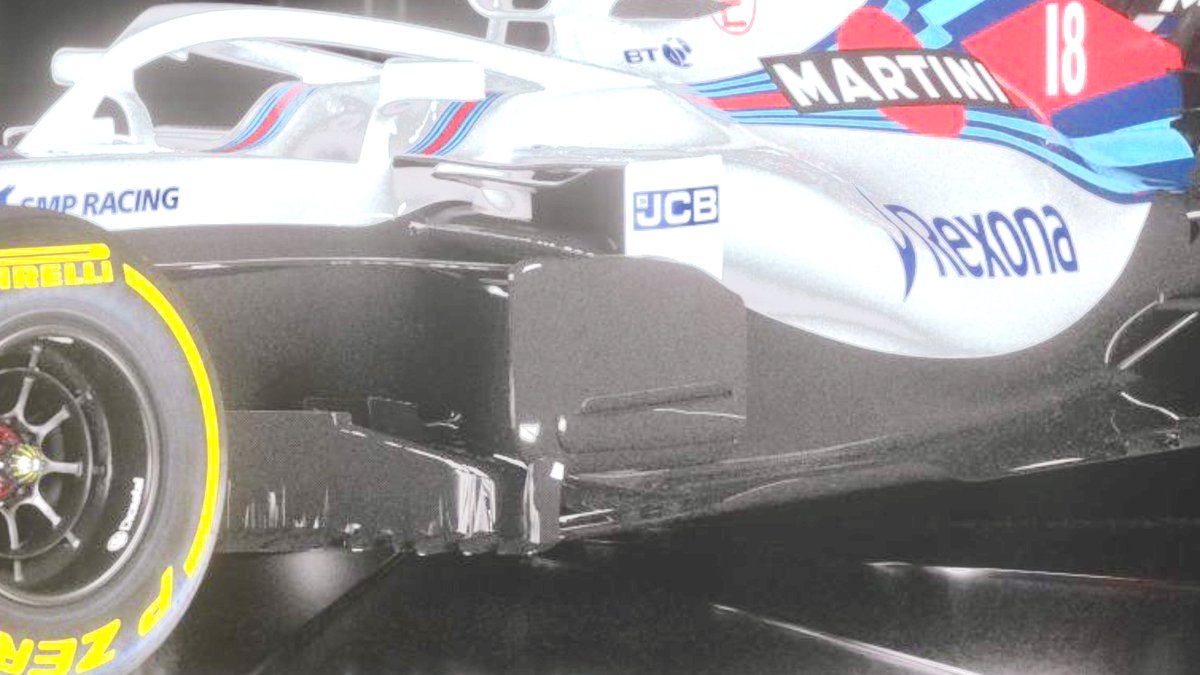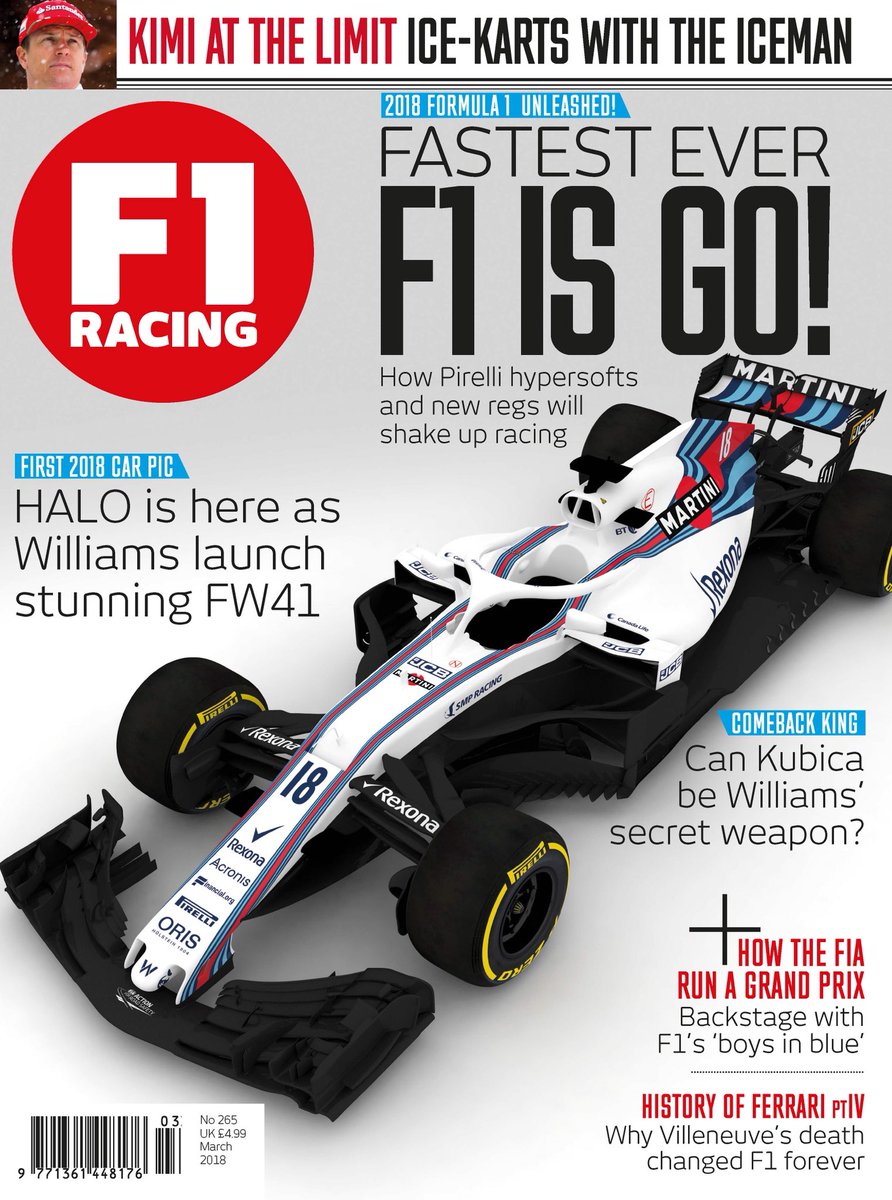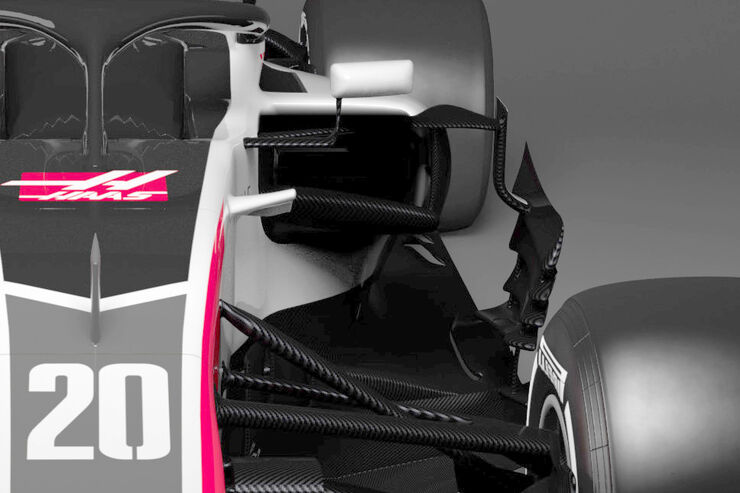Ashwinv16 wrote: ↑16 Feb 2018, 23:45
It's actually a really complex to explain. So for the 2017 season the size of the barge boards and the front tyres were increased. The width of the car thus was increased as well however the teams were still only allowed just about the same distance from the Sidepod entrance to the front wheel centre line. So the barge boards now allowed for more air to be easily moved around the Sidepods however teams noticed that the increase in front tyre width greatly increased the wake from the front wheels(Front tyre wake greatly increases drag) which severely effected the performance of the Bargeboards. To compound the problem the Front wings, which is also important in controlling the front tyre wake, were also made more angular so the air coming from the front wing flaps especially the leading edges completely changed so now teams had to figure out which parts of tyre wakes they wanted to focus on(Upper, inner or outer).
Ok, so you are saying that front tyre wake is being regulated with front wing, barge boards and (later) front suspension. That's not false by any means. However, let's take a thought experiment on what's going on with front tyre wake. Front tyre is bigger, so is the wake. Wake is turbulent airflow, caused by boundary layer separation, caused by (in our case) abrupt change in geometry of the wall (outer surface of the tyre) and wall movement (rotation of the tyre in respect to the airflow, and this is only true for real fluids, not ideal fluids). As turbulent airflow, wake is a low pressure zone and with bigger wake - bigger the pressure difference. The air, like all other substances, materials and living things, will always go to the path of least resistance - low pressure areas are that path. Therefore, with the tyre you will have the outer portion of the air (the one that's on the boundary between turbulent and laminar airflow outside of boundary layer) go towards this turbulent wake after they pass the tyre itself. We can call it suction, sort of. Now, I know you are familiar with all of this, but bear with me, I'm not patronizing you.
Now, with a single isolated tyre in free stream you'd theoretically have symmetrical suction on both sides. With the front tyre, you have barge boards and bodywork downstream, so the air passing between the chassis and front tyre is directed outward. All of this would happen even if we don't have the front wing. This would happen even if we don't have barge boards, all that's needed is another wall downstream (bodywork in our case) causing a high pressure zone directing the air away from it.
Front wings and side pod leading edges were made angular for aesthetic reasons for 2017, not aerodynamic. Teams haven't changed their basic front wing philosophy one iota. As you can see on the picture bellow, comparing SF-70H and SF-16H, flaps are at almost the same angle on these cars, the only thing that's changed is leading edge sweep angle. We still have Y250 vortex, we still have aggressive outwash endplates, differences between teams are subtle differences for their own specific aerodynamic philosophy.

This is what was tested on RB13 in Abu Dhabi, since it wasn't raced we can assume it was 2018 development part. This is just a subtle modification, focusing on the initial height of Y250.

Ashwinv16 wrote: ↑16 Feb 2018, 23:45
Mercedes and Toro-Rosso effectively placed their upper front wishbone much higher so that the flow from the front wing and leading edges now provides a similar effect to how it was in 2016.(The ratio in distance between the front wing flaps to the suspension stayed the same. (Not exactly its much more complex than that but this is a simple explanation))
https://cdn-5.motorsport.com/images/mgl ... -str12.jpg
The Force India placed it's front suspension system as forward as it possibly can thus giving it the same effect as Mercedes and Toro-Rosso (Also that fractured platypus beak-like nose). Other teams also did their own thing but these are the ones that actually worked.(Mclaren also focused on their front wing similar to Red Bull Thanks to Peter Promodeau, but you get the idea)
https://cdn-9.motorsport.com/images/mgl ... detail.jpg
Merc and STR placed their suspension up, because they were focused on lower part of the air stream between front tyre and chassis - no doubt about it. Again, these are subtle differences for minor aero improvements in relation to their desired philosophy, but this is what F1 is all about. The thing is, this is not simply for front tyre wake, this is for management of airflow with high energy and getting it towards the floor and the back of the car with as little energy loss as possible. Front tyre wake is only one of the elements that induce energy loss, but it's naturally pushed outwards and you can make it go out sooner or later, depending on what you want to do with the rest of the airflow.
Compare W07 and W08 bellow, in the front they are not so different, so the basic philosophy is still the same for these two cars. Camera pods on the nose are lifted as high up, suspension geometry is much the same...

Ashwinv16 wrote: ↑16 Feb 2018, 23:45
Also notice that these solutions meant that they used the full extent allowed for their Barge Boards. Ferrari however had a different idea and the idea that gave them the best car Aerodynamically in 2017. They found out that by moving their sidepods backwards and covering it up by placing a very efficient flow conditioner(which now the two launch cars have copied)(The angled sidepods was the intended design but teams could technically just move their sidepods backwards and place flow conditioners in front of it to make up for the extra space and just to make sure these flow conditioners go through, the mandatory side impact structures were placed in it (See my post on Hass VF-18 thread for more about the side impact crash structures) they could better deal with the front tyre wake.
https://gas2.org/wp-content/uploads/201 ... bourne.jpg
Notice that, because of the placement of their flow conditioners the brage board doues not use the entire extent of what the regulations allows cause the flow conditioners and the cover underneath them takes car of that.
And we arrive at the critical moment. If I understand you correctly, you assume that Ferrari (and now Williams with FW41 as well) lifted the side pod leading edges to avoid collecting turbulent tyre wake into the radiator intake? To continue this discussion, I'd like to be sure I understood you correctly.

I'll return to the rest of your post later, when you confirm your thoughts.
Cheers!

